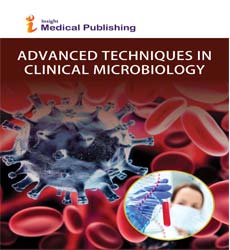Natural molecules are plausible therapeutic leads to the major protein targets of SARS-CoV-2: Insights from computational modeling and molecular dynamic simulation studies
Abstract
While significant efforts are in progress for developing drugs and vaccines against COVID-19, limited therapeutic agents are available to curtail this ever-witnessed pandemic. Thus, it is essential to screen novel therapeutic interventions in which structure-based drug discovery and high throughput screening of potential lead molecules paves significant insights. This study focused to predict the binding potential and interaction mechanisms of some natural molecules to the selected putative molecular targets of SARS-CoV-2 by molecular modeling, molecular docking and dynamic simulation studies. One the basis of database search and functional role in COVID-19, fourteen prospective targets were screened and the native structures of three targets that lack experimentally solved structures were computationally modeled and validated. The drug-likeliness, adsorption, distribution, metabolism and excretion (ADME) and toxicity features of selected natural compounds were computationally assessed. The molecules that showed supreme drug-likeliness and pharmacokinetic properties were selected and their interaction with the prioritized targets of SARS-CoV-2 was predicted by molecular docking, and their binding energies were compared with the binding energy of the interaction between a reference drug and their target. The stability of the molecular interaction of the selected complexes were further evaluated by molecular dynamic simulation and energy calculations. The present study suggested that, among the selected natural compounds, four natural molecules showed significant binding potential to most of the prioritized targets with better binding energy, stabilizing forces, conformational and dynamic stabilities when compared to the binding energy of reference drug and its usual target. Thus, the present study highlights the role of data sciences, computational biology and bioinformatics for the identification of potential of natural molecules as plausible lead compounds to advance a therapeutic impact towards selected molecular targets of SARS-CoV-2. The present study also provides a breakthrough for developing drug molecules in future by structure-based virtual screening
Open Access Journals
- Aquaculture & Veterinary Science
- Chemistry & Chemical Sciences
- Clinical Sciences
- Engineering
- General Science
- Genetics & Molecular Biology
- Health Care & Nursing
- Immunology & Microbiology
- Materials Science
- Mathematics & Physics
- Medical Sciences
- Neurology & Psychiatry
- Oncology & Cancer Science
- Pharmaceutical Sciences
